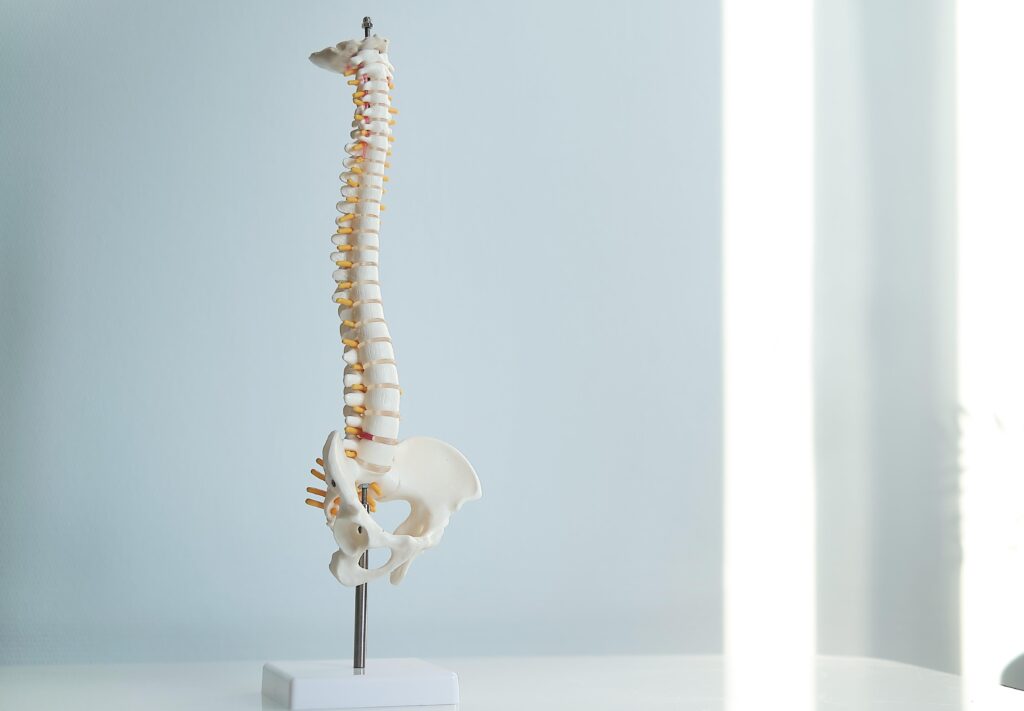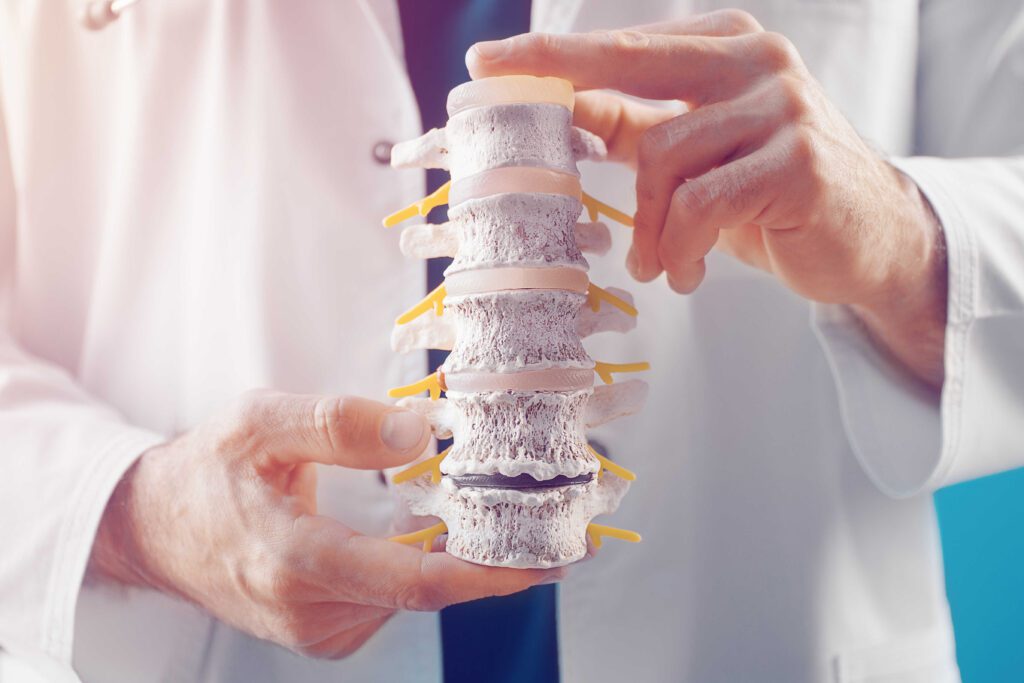
20 February, 2024
Cervical Spine: Anatomy, Functions, & Disorders
Recent Post
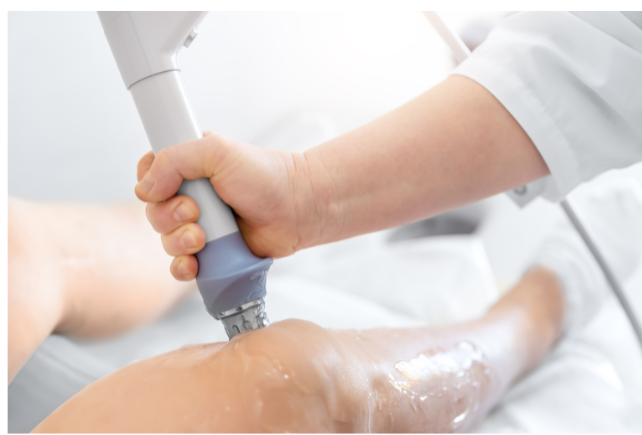
17 September, 2024
Which Type of Physiotherapy Is Best? Discover Expert Treatment at Franklin Chiropractic Dubai
Choosing the right type of physiotherapy is crucial for effective recovery. At Franklin Chiropractic Dubai, we offer tailored treatments, including manual therapy, electrotherapy, and personalised exercise programmes, to address various conditions. Whether you're managing chronic pain, recovering from surgery, or improving mobility, our expert physiotherapists are here to guide your journey to better health. Discover which physiotherapy approach is best suited for your needs today.
Learn More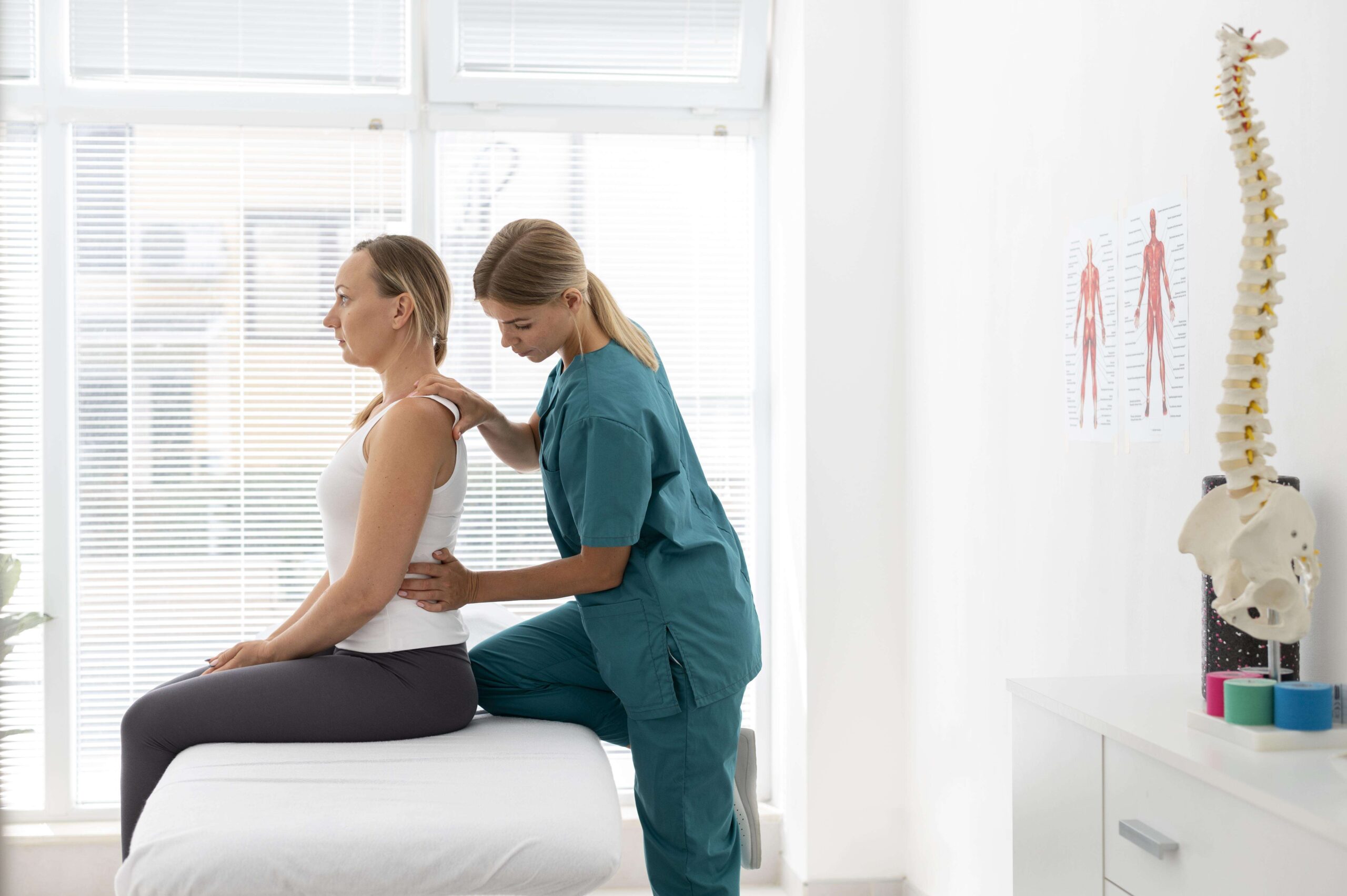
17 September, 2024
How Much Does a Chiropractor Cost in Dubai? Find Affordable Care at Franklin Chiropractic Dubai
Looking for affordable chiropractic care in Dubai? This blog breaks down the average costs, factors affecting pricing, and how Franklin Chiropractic offers flexible payment options without compromising on quality. Learn about our comprehensive services, including chiropractic adjustments and integrated physiotherapy, tailored to your health needs.
Learn More
4 September, 2024
What is Chiropractic Treatment Used For? Benefits at Franklin Chiropractic Dubai
Chiropractic treatment offers a natural, non-invasive approach to pain relief and wellness. At Franklin Chiropractic Dubai, we focus on aligning the spine to improve mobility, reduce pain, and enhance overall health. Whether you're dealing with chronic back pain, headaches, or sports injuries, chiropractic care provides a drug-free solution that can boost your quality of life. Discover the benefits and see how chiropractic treatment can be a key part of your healthcare regimen.
Learn MoreBook Your Appointment Now
Our practice assistant is waiting to take your call to book your next chiropractic, physiotherapy, and acupuncture treatment. She will assist you with bookings, confirmations, and any other queries you may have along the way.
